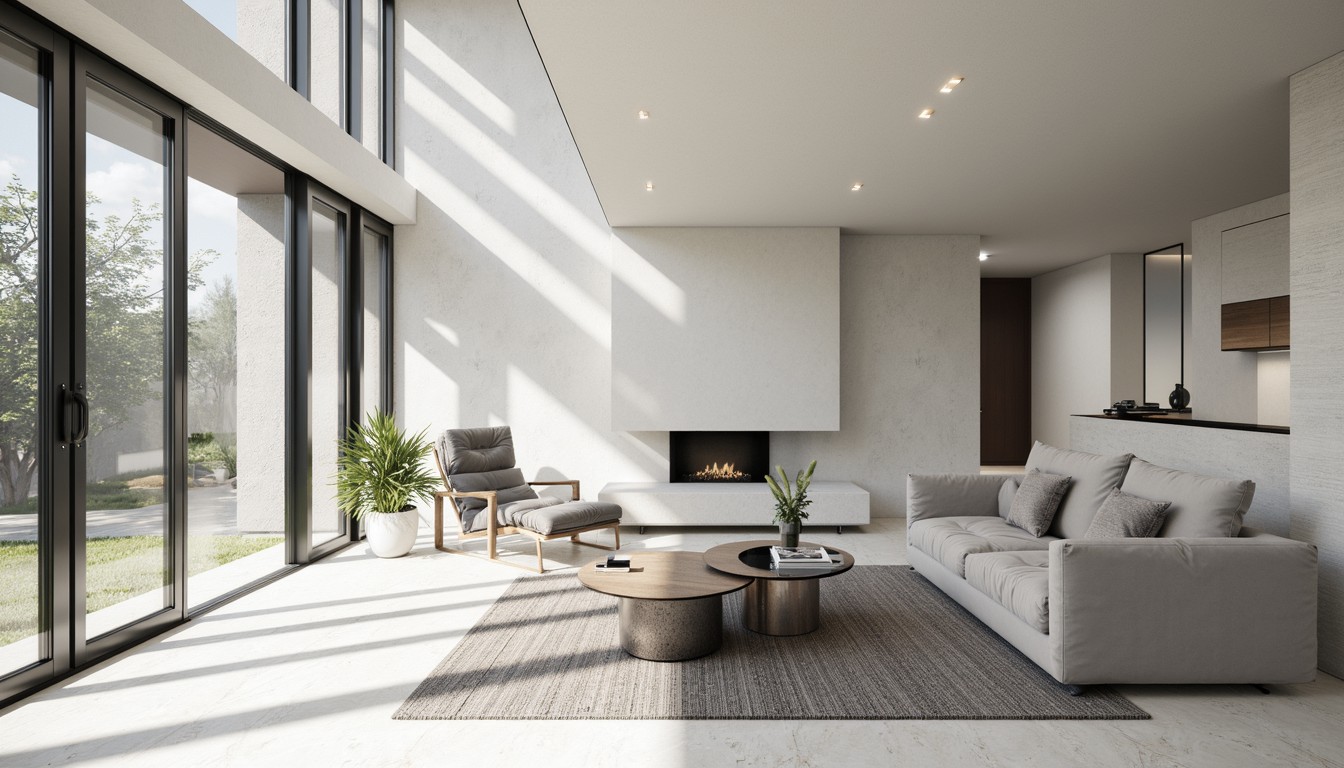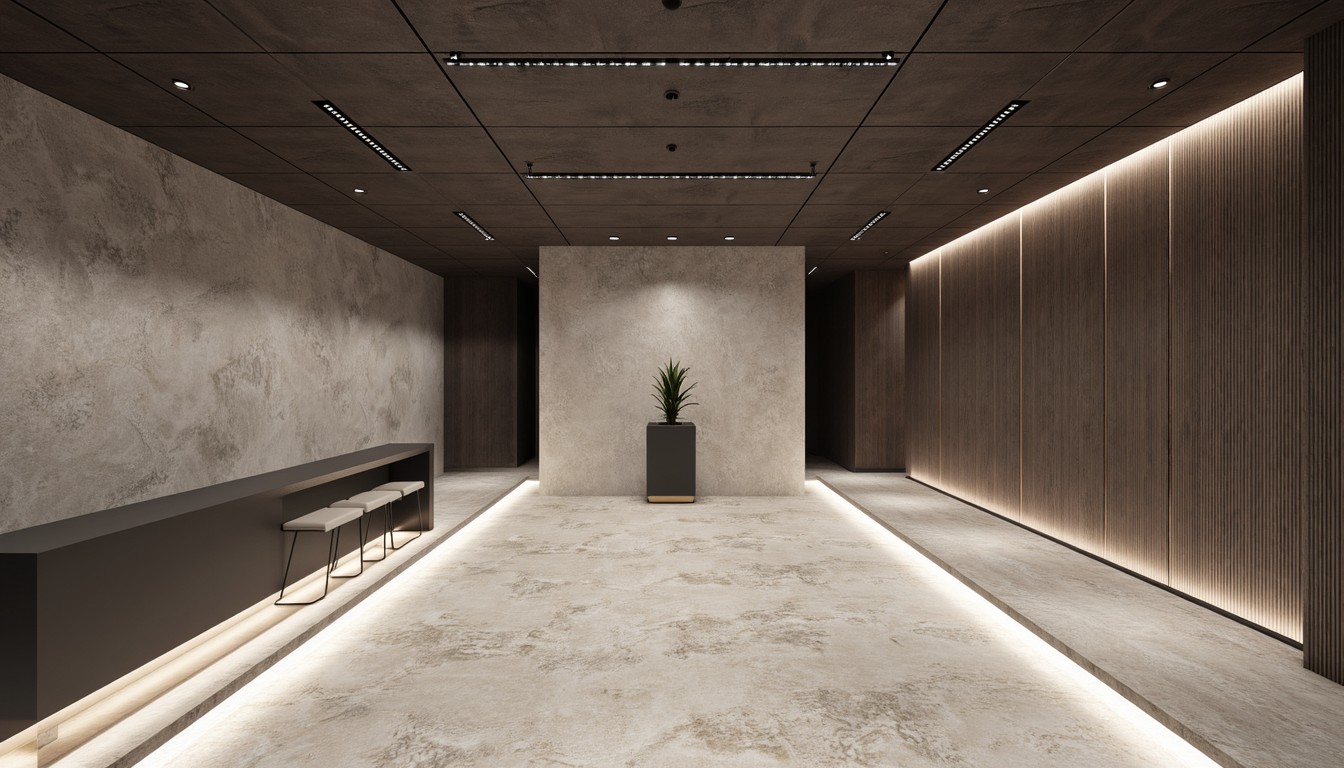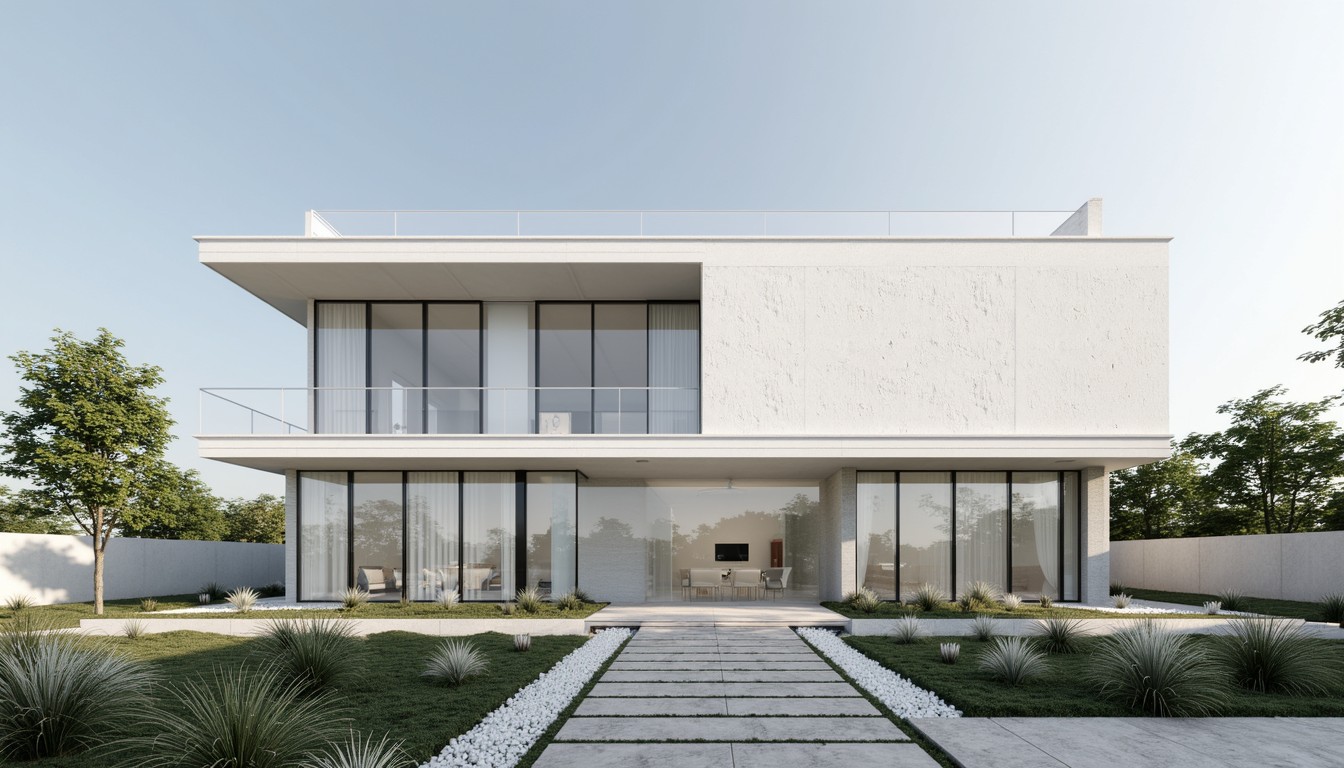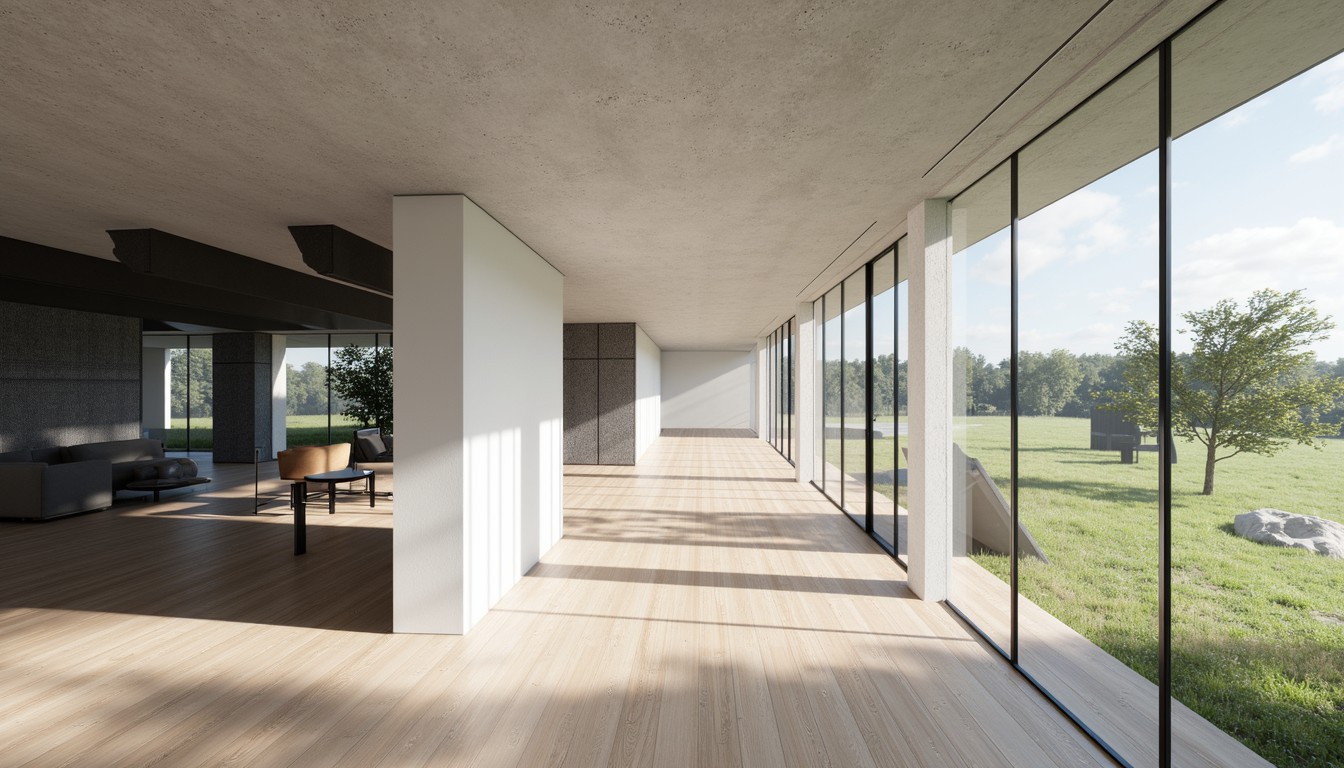Immersive Design: Revolutionizing Architecture with VR & AR
The architectural visualization landscape is undergoing a dramatic transformation, driven by the rapid advancements in Virtual Reality (VR) and Augmented Reality (AR) technologies. These immersive technologies are no longer futuristic concepts; they are powerful tools reshaping how architects design, present, and collaborate, offering unparalleled benefits to both designers and clients.
The Rise of Immersive Technologies in Architecture

For years, architects relied on static renderings and physical models to communicate their designs. While effective, these methods lacked the immersive quality needed to truly convey the feeling and experience of a space. VR and AR bridge this gap, providing interactive, three-dimensional experiences that allow stakeholders to explore designs in unprecedented detail.
Virtual Reality (VR) in Architectural Visualization
VR offers a fully immersive experience, transporting users into a digital replica of the architectural design. With a VR headset and controllers, clients can walk through their future homes, offices, or public spaces, experiencing the scale, proportions, and ambiance firsthand. This level of immersion fosters a deeper understanding and appreciation of the design, leading to more informed decisions and reduced revisions.
Practical Applications of VR in Architecture:
- Client Presentations: Showcase designs with unparalleled impact, leading to increased client satisfaction and faster approvals.
- Design Collaboration: Facilitate remote collaboration between architects, engineers, and other stakeholders, improving communication and efficiency.
- Early-Stage Design Exploration: Experiment with different design options in a virtual environment, identifying potential issues and refining designs before construction begins.
- Construction Planning and Simulation: Visualize construction processes and identify potential logistical challenges, optimizing construction schedules and minimizing costs.
Augmented Reality (AR) in Architectural Design
Unlike VR, AR overlays digital information onto the real world. Architects can use AR applications to visualize their designs on the actual construction site or within an existing structure. This allows for better spatial understanding and helps identify potential conflicts with existing elements.
Practical Applications of AR in Architecture:
- Site Analysis: Overlay proposed designs onto existing sites, visualizing how the building will fit into its surroundings.
- Construction Visualization: Guide construction crews by overlaying digital models onto the physical site, improving accuracy and efficiency.
- Interior Design: Visualize furniture placement and décor within a space before purchasing, ensuring a cohesive and aesthetically pleasing result.
- Marketing and Sales: Create engaging interactive experiences for potential buyers, showcasing the unique features and benefits of a property.
The Benefits of Immersive Design

The adoption of VR and AR in architecture offers a plethora of benefits:
- Enhanced Client Engagement: Immersive experiences create a more engaging and memorable presentation, leading to higher client satisfaction.
- Improved Communication and Collaboration: VR and AR facilitate seamless communication among project stakeholders, reducing misunderstandings and delays.
- Reduced Errors and Revisions: Early detection of design flaws in the virtual environment minimizes costly revisions during construction.
- Cost Savings: Efficient design processes and reduced errors translate to significant cost savings throughout the project lifecycle.
- Sustainable Design Practices: VR and AR enable architects to explore sustainable design solutions and assess their impact before construction begins.
The Future of Immersive Design in Architecture

The future of immersive design is bright. As technology continues to evolve, we can expect even more realistic and interactive experiences. The integration of AI and machine learning will further enhance the capabilities of VR and AR, leading to more efficient and intelligent design processes. We can anticipate seeing wider adoption of haptic feedback for a more tactile experience and the development of more sophisticated collaborative tools.
ArchNav: Your Partner in Immersive Architectural Visualization
ArchNav is at the forefront of this exciting technological revolution. We leverage the power of VR and AR to deliver cutting-edge architectural visualizations that help architects and their clients realize their design visions. Our team of experts combines technical proficiency with a deep understanding of architectural design principles to create immersive experiences that are both visually stunning and functionally insightful. Contact us today to learn how ArchNav can help you transform your architectural visualization process.
